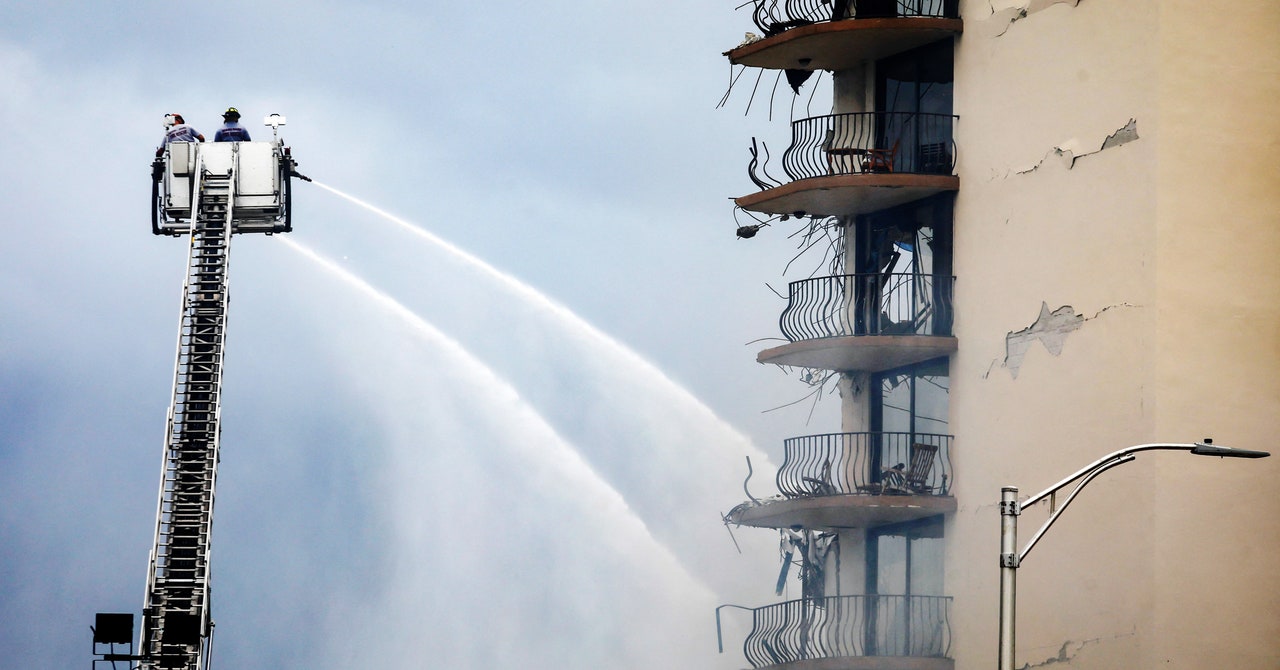
In 2014, a team of behavioral scientists from Harvard and Yale tried to save the future—with a little game theory.
Here’s the game part: The researchers broke up a big group of volunteers into five teams they called “generations.” They gave the players designated the first generation 100 points, or “units,” and told them to take some for themselves, up to 20 units each, and then pass the remainder on to the next generation. If the overall pool had 50 units or more at the end of the round, the next generation would get a reset—100 units to start all over, a model of sustainability. If the pool had fewer than 50 units, the next generation got what it got.
Do you want the good news or the bad news? The good: Two-thirds of players were “cooperators,” taking 10 units or fewer and ensuring the survival of the species. The bad: A minority of “defectors” always tanked the game. In 18 rounds of this Intergenerational Goods Game, just four had a first generation abstemious enough to give generation 2 a full reset to 100 units. Of those, only two reset for generation 3. Nobody made it to generation 4.
In a game designed to test how people might plan ahead for a sustainable world, all it took to reliably bring about the apocalypse were a few selfish schmucks—which sounds pretty familiar, actually, but does seem like a ruefully ironic outcome for a paper called “Cooperating With the Future.”
That wasn’t the end of the story for the Intergenerational Goods Game. (I’ll come back to that.) But this past week has highlighted the pathetic human inability to avoid bad outcomes in a possible future. You can see that in the horrifying collapse of a condominium tower in Surfside, north of Miami Beach, which killed at least 16 people and has left dozens more still unaccounted for. An engineer warned the building’s residents in 2018 about serious damage to the concrete and rebar holding the building up. As recently as last April, the condo board was telling residents that the damage was worsening. But the multimillion-dollar project to fix it—in the works for more than two years—hadn’t yet begun. The Champlain Towers residents of two years ago worried, reasonably, about the impact of the repairs and how much they would cost. The International Goods Game showed how bad people are at protecting future generations; in Miami, people couldn’t even protect their own future selves.
The Intergenerational Goods Game wasn’t about buildings. It was, obviously, a ludic analysis of climate change. By 2014, plenty of people had worked on the game theory of cooperation, the authors wrote, but that canon tends to ignore the fourth dimension—time. That’s where the Champlain Towers collapse overlaps with the game, and with the climate catastrophe unfolding around the world today. Hazards are the risks that bad things will happen—an earthquake, a wildfire, a hurricane, a heat event; disasters are what happens when the risk comes to fruition and overwhelms whatever preparations people made in advance. And it turns out people are very bad at making preparations in advance. The hazard at Champlain Towers was clear—to some of the residents, at least. As with climate change, the hazard showed up long before the disaster that it made almost inevitable. It might seem almost impossibly on the nose that a deadly metaphor for how people think (or fail to think) about Earth’s broken climate would manifest in sinking, flooding Miami—a city that is, itself, a tragic metaphor for how people fail to think about Earth’s broken climate. But here we are.


